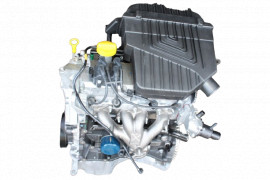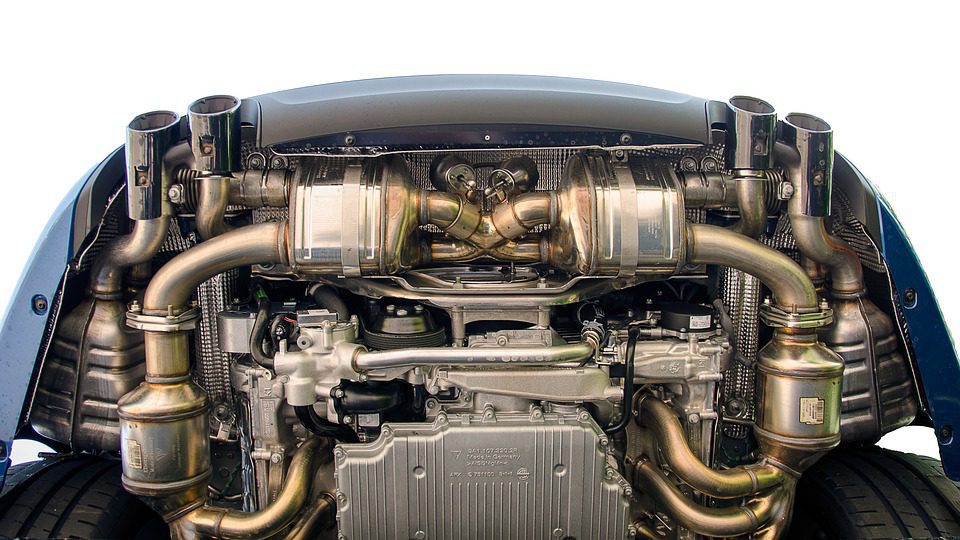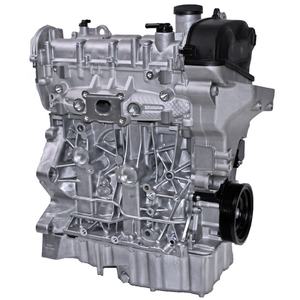Exploring the Inner Operation of a Compact Automobile's Engine System
As vehicle drivers, we commonly take for granted the detailed procedures that happen within the boundaries of our lorry's engine system. The small yet complicated equipment that thrusts us ahead is a marvel of design precision and coordination. From the regulated explosions in the burning chamber to the thorough timing of fuel shot, every component plays an essential duty in the smooth operation of the engine. In this expedition of a small vehicle's engine system, we will certainly decipher the internal workings of this mechanical harmony, clarifying the mysteries that drive us onward on our everyday trips.
Combustion Refine Overview
The combustion procedure in a compact automobile's engine system is a crucial system that successfully converts gas right into energy to power the lorry. This process takes place within the combustion chamber of the engine, where fuel and air mix, ignite, and generate regulated explosions. The combustion process contains 4 main phases: consumption, power, exhaust, and compression.
Throughout the intake stage, the piston moves downward, attracting in a combination of air and gas into the burning chamber. This downward movement produces the power needed to drive the vehicle. This cyclic burning process is basic to the procedure of a portable vehicle's engine system, guaranteeing efficient power conversion for propulsion.
Piston and Cyndrical Tube Interaction

The piston's exact fit within the cyndrical tube is necessary for keeping optimal compression and protecting against energy loss during burning. Tight clearances in between the piston and cyndrical tube wall surfaces ensure efficient securing, permitting the piston to move smoothly without enabling gases to leak past. Appropriate lubrication is additionally important to lower friction and put on in between these components, boosting longevity and performance.
Moreover, the style and products utilized in producing the piston and cylinder effect engine effectiveness and longevity. Modern engines usually utilize light-weight yet durable materials like light weight aluminum alloys for pistons and cyndrical tube liners to reduce inertia and boost thermal performance. On the whole, the harmonious interaction in between the piston and cylinder is fundamental to the engine's functionality and read this article total performance.
Fuel Shot System Performance
Fuel shot systems in small car engines play a vital role in specifically providing fuel to the burning chamber for regulated and effective ignition. The fuel shot system functions by infusing fuel right into the burning chamber at the ideal minute during the engine's procedure (opel corsa engine). This exact timing ensures that the gas mixes equally with the air for appropriate burning, causing improved fuel performance and minimized emissions
There are mostly 2 kinds of gas injection systems made use of in small lorry engines: port fuel shot (PFI) and straight fuel shot (DFI) PFI systems infuse fuel right into the consumption port before the consumption shutoff, while DFI systems inject gas straight into the combustion chamber. Both systems have their benefits, with DFI providing far better gas atomization and PFI offering a much more affordable remedy.
Understanding Engine Cooling Systems
Reliable procedure of a portable lorry's engine counts greatly on the performance of its cooling devices. The air conditioning system in a small car usually consists of several components working with each other to manage the engine temperature level. Recognizing these engine air conditioning systems is important for preserving the performance and longevity of a portable lorry's engine system.

Exhaust System Components Explained
The optimal functioning of a compact lorry's engine cooling mechanisms depends on a corresponding system recognized as the exhaust system, which comprises different essential components for ensuring reliable discharges and engine performance. The exhaust system consists of components such as the exhaust manifold, catalytic converter, muffler, and tailpipe. The exhaust manifold accumulates exhaust gases from the engine's routes and cyndrical tubes them to the catalytic converter. The catalytic converter then transforms dangerous contaminants in the exhaust into much less damaging emissions before releasing them through the muffler and tailpipe.
One vital component of the exhaust system is the oxygen sensing unit, which monitors the oxygen degrees in the exhaust gases to aid control fuel intake and make certain optimal engine performance. opel corsa discover this engine. In addition, the resonator may exist in some exhaust systems to decrease sound levels. Overall, the exhaust system plays an important function in preserving engine efficiency, reducing hazardous exhausts, and making sure a quieter driving experience for compact car proprietors

Final Thought
In verdict, the compact automobile's engine system is an intricate combination of components that interact to assist in the burning process, convert fuel right into power, and expel waste gases. Understanding the inner operations of the engine system, consisting of the piston and cyndrical tube interaction, fuel injection system, engine cooling devices, about his and exhaust system components, is critical for maintaining optimum performance and efficiency of the car.
The burning process in a small car's engine system is a critical mechanism that efficiently converts fuel into energy to power the car.Fuel injection systems in small car engines play an important duty in specifically supplying gas to the combustion chamber for effective and controlled ignition.There are mainly two types of gas shot systems made use of in portable car engines: port gas shot (PFI) and direct fuel shot (DFI) Recognizing these engine cooling mechanisms is important for preserving the performance and long life of a portable car's engine system.
The optimal functioning of a compact vehicle's engine cooling mechanisms depends on a complementary system recognized as the exhaust system, which makes up different vital elements for guaranteeing efficient emissions and engine efficiency.